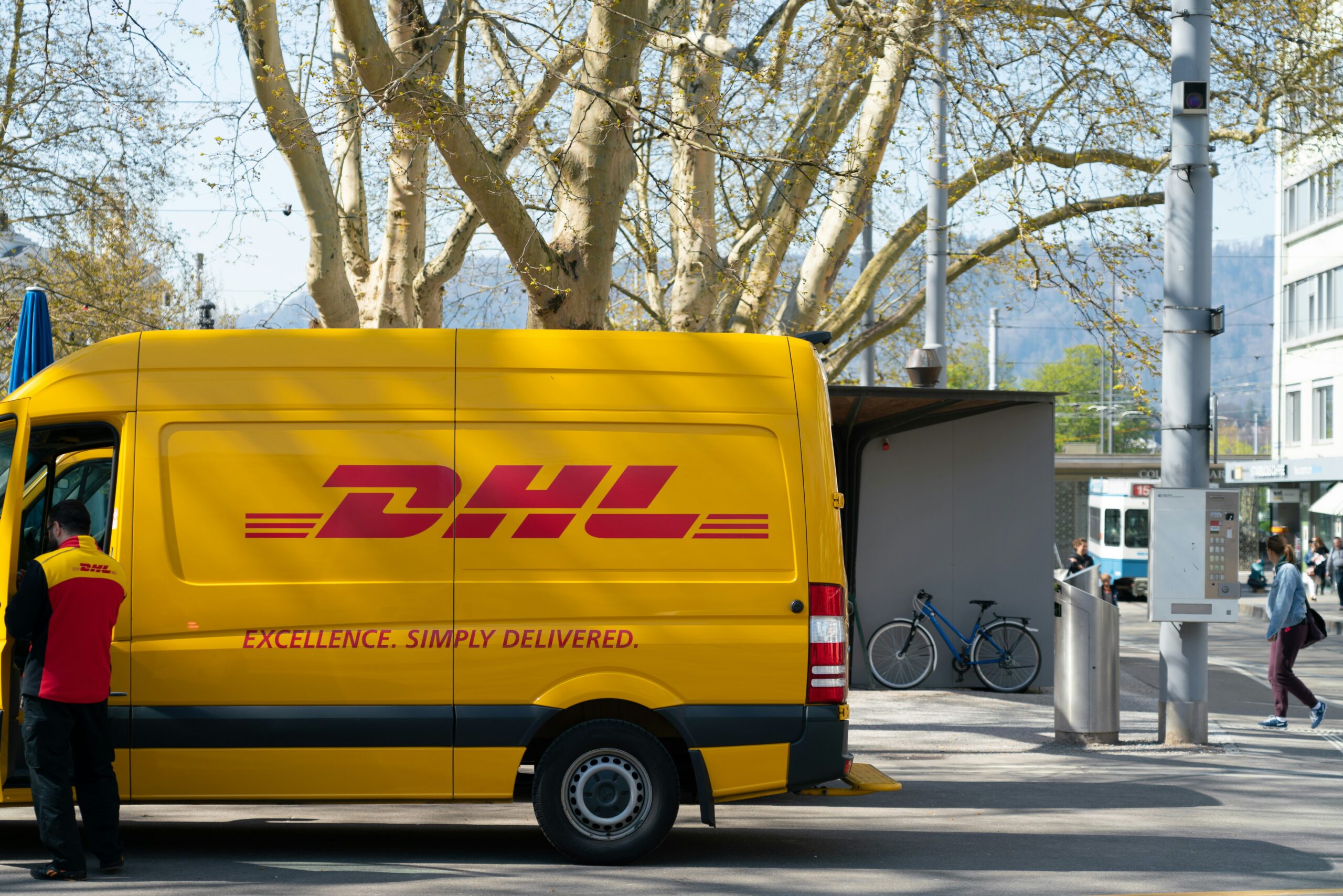What is a good success rate for courier claims? Without claims automation, a 33% success rate is respectable given the wide disparity and complexity of couriers’ claims processes.
While all major couriers have compensation policies for lost or damaged packages, they also also have different compensation rules and requirements, which are the main cause of low success rates and put off e-commerce businesses from making claims in the first place.
But what if you could improve your claims success rate to 90%+ in just a few clicks?
Here are the five most common reasons for low claims success rates and one simple fix to improve them.
5 main reasons for low claim success rates
- Missing documents
All couriers require supporting evidence, ranging from HD product photos and technical specifications to proof of shipment value and evidence of the original pickup.
For example, all Royal Mail claims must supply ‘basic evidence’ as a minimum, which includes the:
- Names and addresses of the sender, addressee and claimant
- Royal Mail product used
- Postage paid
- Method of postage
- Place of posting
- Date of posting
- Contents description
But this basic evidence only entitles you to a refund of the postage paid. For compensation for the product, you also need to provide the certificate of posting and evidence of the actual loss, such as:
- Original receipts
- Bank or credit card statements
- Details of age
- Paypal record
- Invoices
- Manufacturing costs
- Auctioneers valuation
- Repair costs (in the case of damage claims)
What’s more, all documents must be originals not copies and Royal Mail reserves the right to request additional documentation on a case-by-case basis. In other words, it’s not difficult for a document to go missing.
- Missed deadlines
E-commerce retailers tend to find out about lost or damaged deliveries via the end-customer making a complaint. But if the customer waits a week to complain, this can already be too late for you to make a compensation claim.
For example, City Sprint’s compensation terms state that the courier is not liable for loss of, mis-delivery or damage to any consignment unless notified “within 7 days of the end of the transit.” This is extended to 14 days for written claims, which is the same deadline for international couriers like DHL.
- Excluded items
Couriers’ Ts & Cs are as comprehensible as legal contracts: littered with asterixis, confusing terminology (i.e. do you know the difference between ‘losing’ and ‘misplacing’?) and a variety of exclusions.
For instance, Evri has its own Non-Compensation Items list, which covers items that Evri can deliver for you, but “can’t guarantee that they will be delivered undamaged or lost.” This includes:
- Fragile or perishable food or goods
- Liquids over 1000ml
- Glass or fragile items
- Antique items
- Laptops, computers and game consoles
- TVs and monitors
- Lighting equipment
- Optical equipment
- Paintings, prints or canvases
- Musical instruments
- Ceramic, composite or stone items
- Kitchen appliances
- Non flat-packed furniture
…and the list goes on, so you need to check the Ts & Cs diligently before making a claim.
- Faulty packaging
Although damaged deliveries are rarely the retailer’s fault, couriers will try to pin the blame on improper or insufficient packaging, and thus render any compensation claim invalid.
Take DHL, for example. To claim compensation from DHL for a damaged package, you need to provide a wide array of evidence (i.e. details of damage sustained) and obtain a damage inspection report to “determine whether the reported damage is consistent with damage sustained from transit through the DHL eCommerce UK network”.
Getting the damage report involves:
- Collection of the parcel and return to the DHL delivering depot.
- Photos of the damaged parcel, including internal and external packaging, the damaged item(s) as a whole, close ups of the damage and the shipment label.
- Retention of all packaging and damaged items until the claims department has resolved the claim.
If the customer accidentally throws away the packaging or the shipment label prior to inspection, the claim will be rejected.
- Incorrect values
Even if you follow the courier claims process perfectly – providing all the required serial numbers, postcodes, tracking numbers, reference numbers and shipment details – one typo can render your claim pointless.
For example, the ParcelForce claims portal requires businesses to provide their ParcelForce account number, contract number, reference tracking number, the courier product (i.e. Express 9 or Express 10), collection dates and insurance cover level, before you even reach the sender/recipient address details, item details and submission documents.
If you’re submitting these manually, it doesn’t take much to make a mistake.
The simple fix? Improve your success rates with AI
AI claims automation takes away all the hassle of submitting claims to different couriers. At Claimit, we integrate with 100+ of the most popular couriers, so our automated process is set up exactly for each courier’s claims requirements and carried out in a few clicks (see our process in five simple steps).
By removing human intervention as much as possible from the claims process, we minimise errors and improve success rates. The result? Of the 5,000+ claims submitted via Claimit so far in 2025, we’ve seen a 91% success rate thanks to claims automation.







